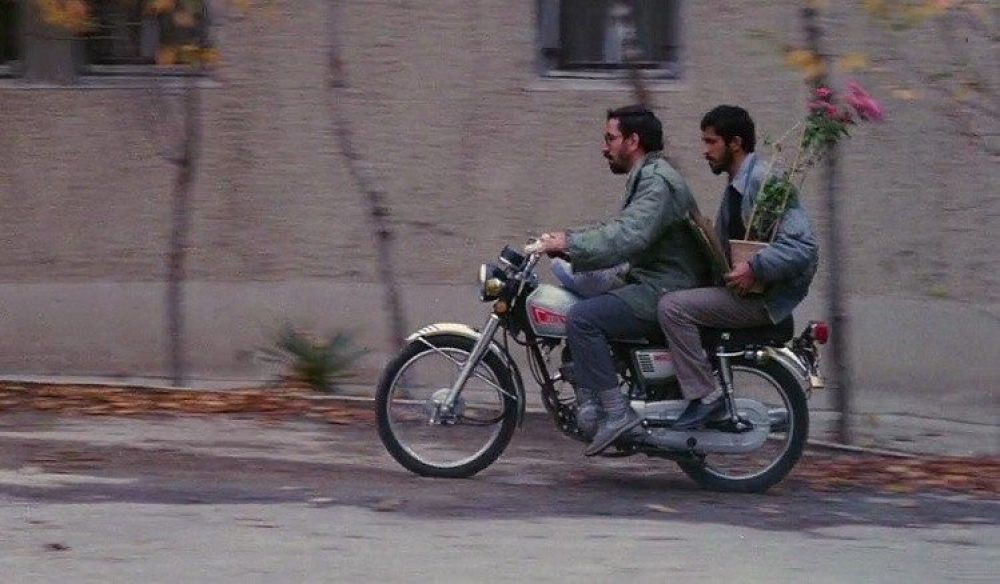In Khomeini’s arguments, the source of modernity, indeed the source of everything is undoubtedly Islam. There is no need for an individual to look further, because the Qur’an and its interpreters will provide the answers. However, this does leave out how modernity might be achieved by those tasked with adapting the Qur’an to the modern era. A point Tabaar repeatedly raises is the constant fluidity of Khomeini’s Velayat-e Faqih as his political needs adapted and changed. An example of this follows the Green Movement, which left many of Khomeini’s advisors in a negative public light. They had all committed some wrong in the view of Khomeini’s doctrine, and thus were demonized by the conservative populace. As is reviewed in Chapter 10, Khomeini was forced to reform his ideas, replacing strict rigidity with a fluid doctrine that allowed for a rapidly changing world. This then means, at least for a few individuals, there must be some external source of modernity. There must be something outside of the sacred text that guides its interpretation. This begs the question, what is that source?
Following the same example, it could be argued that this new source is the collective will of the people. If they are angry, change the doctrine to please them. But, then it would have been easier to simply punish those they were angry at, rather than alter a supposedly fixed text. I think the source is something much more complicated than that. A cynic might argue that Khomeini and his supporters had no belief in a “fixed truth” and that they were simply acting in whichever way is most fitting of their agenda, but I don’t think that’s the case. I think that, for the leaders of the Islamic Republic, there exists a sort of in between. Their source of modernity draws from a mixture of the sacred, of the will of the people, of their own personal agendas. For them, modernity is as fluid as Velayat-e Faqih.
